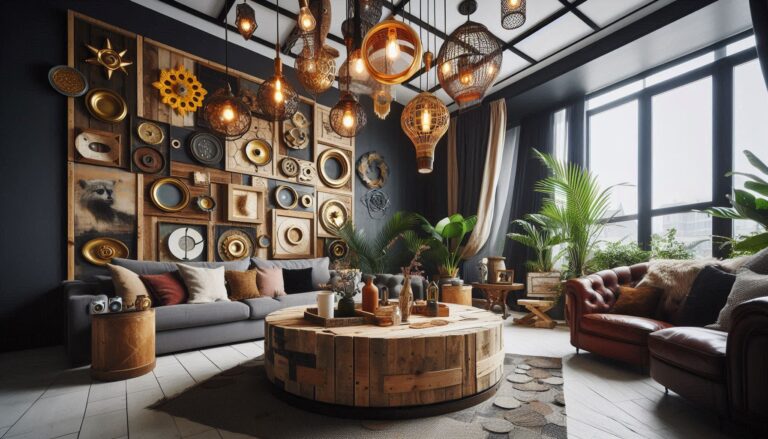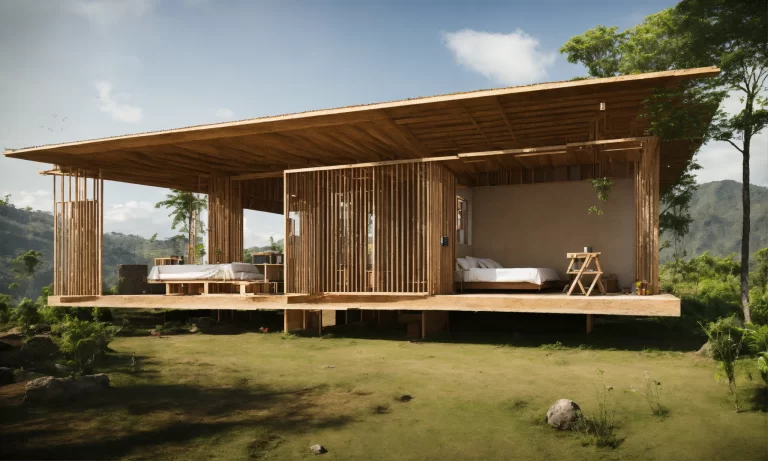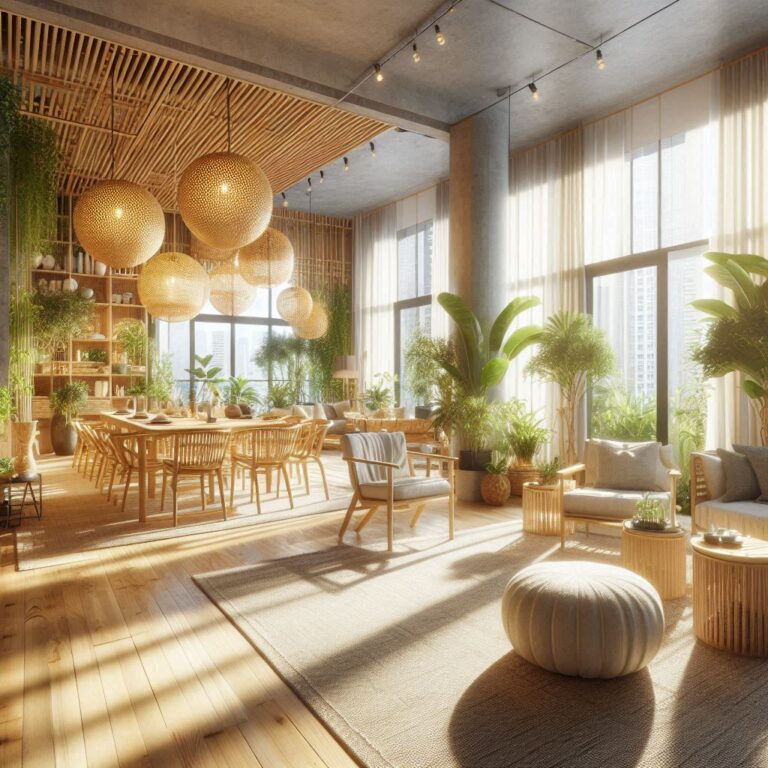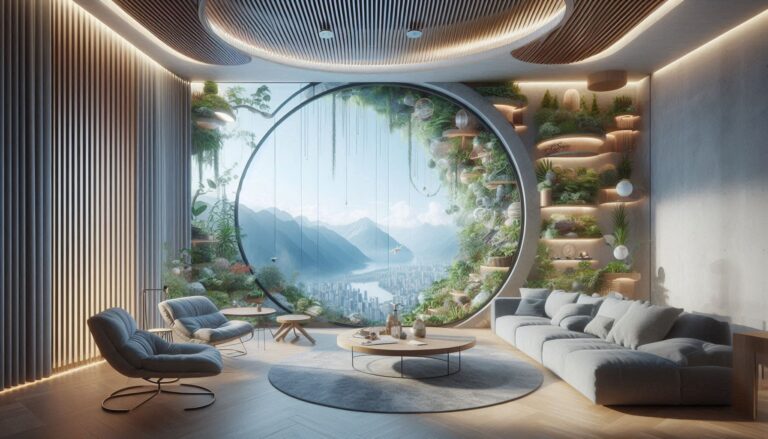Green Design: Essential Tips for Creating Sustainable Interiors
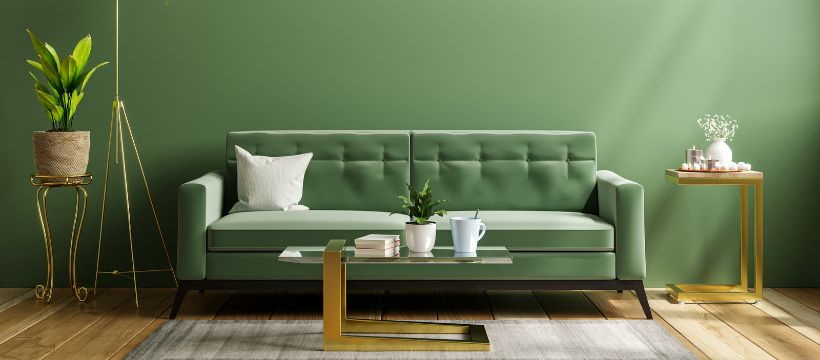
Incorporating sustainability into interior design doesn’t have to be overwhelming. With the right knowledge and strategies, designers can create beautiful, eco-friendly interiors that are both functional and sustainable. If you’re looking to create a space that reflects your commitment to the environment, here are some essential tips for creating sustainable interiors.
1. Prioritize Sustainable Materials
The first step in green design is choosing sustainable materials that are both durable and environmentally friendly. Look for materials that are renewable, recycled, or biodegradable. Some popular sustainable options include:
• Bamboo: A rapidly renewable resource that is both strong and lightweight.
• Cork: A sustainable material harvested from cork oak trees without harming the tree itself.
• Reclaimed Wood: Reusing wood from old buildings, furniture, or other sources helps reduce the demand for new timber.
• Recycled Glass, Metal, and Plastic: Repurposing these materials reduces waste and supports a circular economy.
2. Energy Efficiency Is Key
Sustainable interiors are also energy-efficient. Incorporate energy-saving solutions into your design to reduce your carbon footprint. Some ways to improve energy efficiency in your interiors include:
• LED Lighting: LED lights consume less energy and last longer than traditional bulbs, making them a more eco-friendly choice.
• Smart Thermostats: These devices help regulate temperature based on usage patterns, reducing energy waste.
• Insulated Windows: High-quality, energy-efficient windows help maintain indoor temperatures, reducing the need for heating and cooling.
3. Minimize Waste and Repurpose Materials
Green design emphasizes reducing waste wherever possible. Instead of tossing old furniture or materials, consider repurposing them. You can:
• Upcycle Furniture: Rather than buying new, restore or reimagine old furniture pieces. A fresh coat of paint or new upholstery can breathe new life into outdated items.
• Repurpose Materials: Use leftover materials from previous projects to create new designs, or incorporate them into unique decor pieces.
4. Consider Indoor Air Quality
Indoor air quality plays a significant role in creating a healthy and sustainable space. Choose low-VOC paints, finishes, and adhesives, as these emit fewer harmful chemicals. Additionally, incorporate indoor plants to naturally purify the air and bring a touch of nature into your space.
5. Focus on Natural Light
Natural light not only reduces energy consumption but also enhances the overall well-being of those who occupy the space. Maximize natural light by strategically placing windows, skylights, and glass doors. Use light-colored surfaces and reflective materials to help bounce natural light throughout the room.
6. Sustainable Furniture Choices
When selecting furniture, choose pieces made from sustainable materials, or consider purchasing second-hand or vintage furniture. Not only will this reduce the demand for new products, but it also helps reduce waste. Look for furniture made from solid wood, with non-toxic finishes, and avoid items that are made from synthetic or non-biodegradable materials.
By following these tips, you can create interiors that not only look beautiful but also contribute to a greener, healthier planet. Green design is about making choices that are mindful of the environment, without sacrificing style or functionality.


